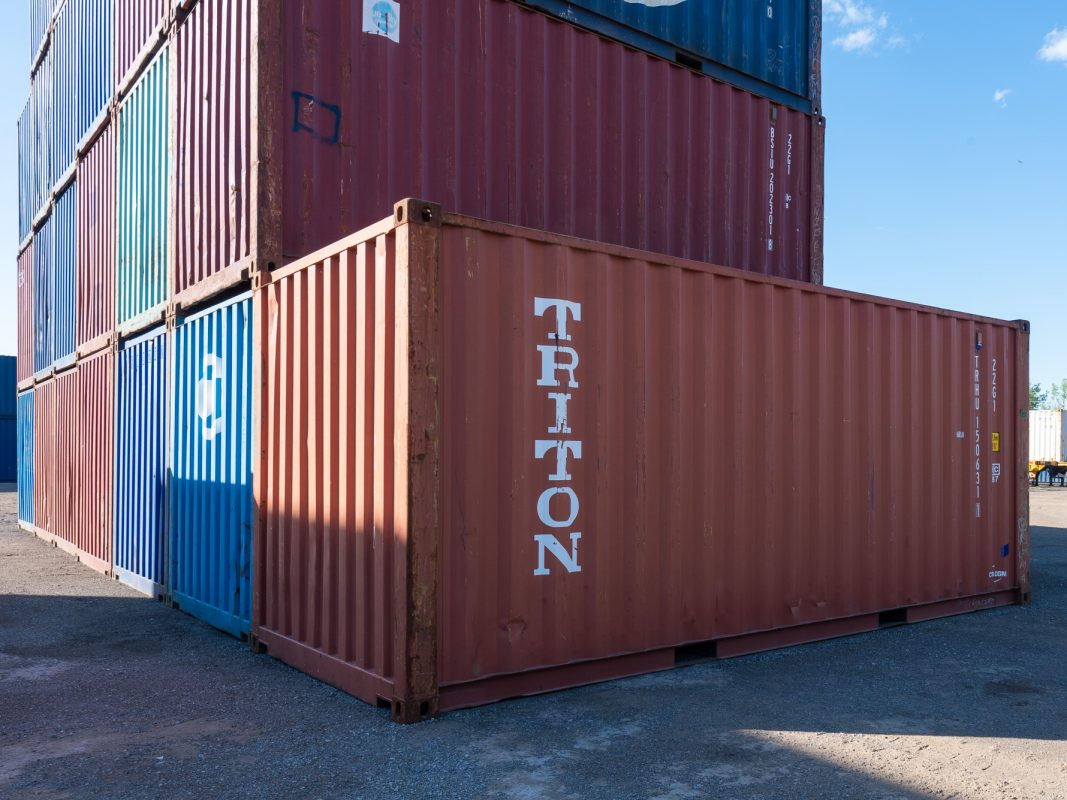Shipping Container Renovations: Common Pitfalls to Avoid
Shipping container homes and offices have gained popularity for their affordability, durability, and unique aesthetic. These versatile structures offer a sustainable alternative to traditional construction, but the renovation process can be fraught with challenges. To ensure a successful project, it’s essential to be aware of and avoid common pitfalls. Here’s a guide to help you navigate the renovation process smoothly.
- Inadequate Planning and Design
One of the most significant pitfalls in shipping container renovations is inadequate planning and design. Renovating a shipping container isn’t as simple as it might seem. The container’s unique dimensions and structural limitations require careful consideration during the planning phase. Without a detailed plan, you risk encountering unforeseen issues, such as space constraints or structural weaknesses.
Solution: Work with an experienced architect or designer who has experience with container renovations. They can help you create a comprehensive plan that addresses your needs while considering the container’s inherent limitations. A well-thought-out design will ensure that the renovation meets your expectations and adheres to building codes and regulations.
- Ignoring Insulation and Ventilation
Shipping containers are typically made of steel, which can lead to extreme temperature fluctuations inside. Proper insulation and ventilation are crucial to ensure comfort and energy efficiency. Many renovations overlook this aspect, leading to issues such as excessive heat in the summer and unbearable cold in the winter.
Solution: Invest in high-quality insulation materials suitable for metal structures. Spray foam insulation is a popular choice as it provides excellent thermal resistance and also helps with soundproofing. Additionally, ensure that your container is properly ventilated to prevent condensation and moisture buildup, which can lead to rust and mold.
- Overlooking Structural Integrity
Shipping containers are designed to be durable and structurally sound, but renovations can compromise their integrity if not done correctly. Cutting large openings for windows and doors, or stacking multiple containers without proper reinforcement, can weaken the structure and affect its stability.
Solution: Consult with a structural engineer before making significant alterations to the container. They can assess the design and recommend reinforcements to maintain the container’s structural integrity. For larger projects involving multiple containers, ensure that the connections and reinforcements are done correctly to ensure stability and safety.
- Skimping on Quality Materials
In an effort to save costs, some renovators opt for cheaper, lower-quality materials. This can be a false economy, as using subpar materials can lead to long-term issues, such as poor insulation, frequent repairs, and a shorter lifespan for the renovation.
Solution: Invest in high-quality materials that will stand the test of time. This includes everything from insulation and flooring to windows and roofing. While it might be tempting to cut corners, using durable materials will save you money in the long run by reducing maintenance and repair costs.
- Neglecting Legal and Zoning Requirements
Shipping container renovations must comply with local building codes, zoning laws, and regulations. Failing to obtain the necessary permits or ignoring zoning restrictions can lead to legal issues, fines, or even having to undo completed work.
Solution: Research your local building codes and zoning laws before starting your renovation. Obtain all necessary permits and approvals to ensure that your project is compliant with regulations. This step will help avoid legal troubles and ensure that your renovation is recognized as a legitimate and safe structure.
- Failing to Address Drainage and Moisture Issues
Containers are prone to moisture problems if drainage isn’t properly addressed. Water can collect around the base or on the roof, leading to rust and potential damage to the container and its interior.
Solution: Ensure proper drainage systems are in place to direct water away from the container. Install gutters and downspouts to manage rainwater, and make sure that the container is elevated slightly to prevent water from pooling around its base. Additionally, inspect the container regularly for signs of rust or leaks and address them promptly.
- Underestimating the Importance of Electrical and Plumbing Systems
Shipping container renovations often require the installation of electrical and plumbing systems, which can be complex. Incorrect installation can lead to safety hazards, inefficiencies, and increased costs.
Solution: Hire qualified professionals to handle electrical and plumbing work. Ensure that all systems are installed according to code and tested thoroughly before use. This will help avoid safety issues and ensure that your container is functional and comfortable.
- Overlooking Aesthetic and Functional Details
While functionality is crucial, the aesthetic aspects of the renovation should not be neglected. A well-designed container renovation should be both functional and visually appealing.
Solution: Pay attention to interior design, lighting, and layout to create a space that is not only practical but also enjoyable to live or work in. Consider elements such as natural light, color schemes, and furniture arrangement to enhance the overall aesthetic of the container.
In conclusion, shipping container renovations offer a unique opportunity to create affordable and sustainable living or working spaces. However, avoiding these common pitfalls will help ensure a smoother renovation process and a successful end result. By planning carefully, investing in quality materials, and addressing structural, legal, and functional concerns, you can achieve a renovation that meets your needs and exceeds your expectations.


